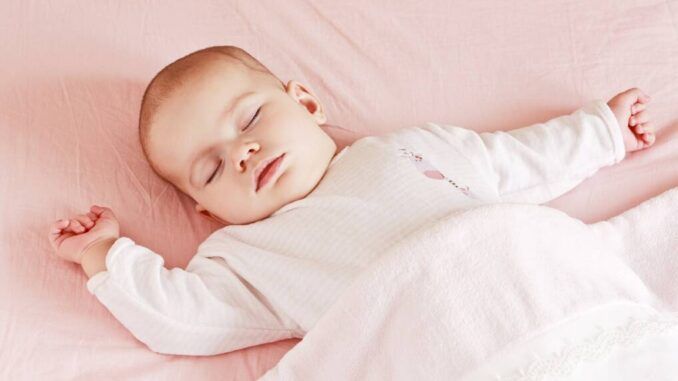
The birthrate in England and Wales has fallen to a new low since records began in the 1930s.
According to figures from the Office for National Statistics (ONS) the total fertility rate had fallen to 1.49 children per woman in 2022,
The figures are way below the rate of 2.1 needed to maintain steady population levels and are the lowest since records began in 1939.

BYPASS THE CENSORS
Sign up to get unfiltered news delivered straight to your inbox.
You can unsubscribe any time. By subscribing you agree to our Terms of Use
Breitbart reports: According to the statistics, there were 605,479 live births recorded in 2022, a 3.1 per cent decline over the previous year and also the lowest overall figure since 2002.
The data also showed that the rate of women having children was highest between the ages of 30 to 34, compared to 25 to 29 just twenty years ago, suggesting that British women are delaying having children.
Commenting on the birthrate decline, chief executive of Pregnant Then Screwed, Joeli Brearley told The Guardian: “It is no surprise to us that fertility rates have hit the floor. Procreation has become a luxury item in the UK. Childcare costs are excruciating, and that’s if you can secure a place.
“Our research found that almost half of parents have been plunged into debt or had to use savings just to pay their childcare bill,” she said.
Speaking to the globalist Financial Times newspaper, James Pomeroy, an economist at the HSBC bank, said that without mass migration, the birthrate decline would result in the British population falling by 25 to 30 per cent over the next generation. He claimed that a declining native population either needs “more immigration, higher taxes, worse public services or a higher retirement age”.
However, Dr Mary-Ann Stephenson of the Women’s Budget Group said that the native birth rate was likely declining due to economic factors, such as the price of childcare but also the soaring price of housing in the UK.
Since the gates of mass migration were opened under the left-wing Tony Blair government, the median income has remained essentially stagnant, rising by just £90 per week since 1997 in real terms, in part as a result of millions of foreigners coming into the country and devaluing the cost of labour.
Conversely, the supply of housing was stretched thin and therefore saw sharp increases in prices, with the average price of a house in Britain rising from £130,499 in 1997 to £269,242 in 2022, effectively prohibiting many young people from getting on the property ladder.


Its like you read my mind You appear to know so much about this like you wrote the book in it or something I think that you can do with a few pics to drive the message home a little bit but other than that this is fantastic blog A great read Ill certainly be back
Usually I do not read article on blogs however I would like to say that this writeup very compelled me to take a look at and do so Your writing taste has been amazed me Thanks quite nice post
I just could not leave your web site before suggesting that I really enjoyed the standard information a person supply to your visitors Is gonna be again steadily in order to check up on new posts
I was recommended this website by my cousin I am not sure whether this post is written by him as nobody else know such detailed about my trouble You are amazing Thanks